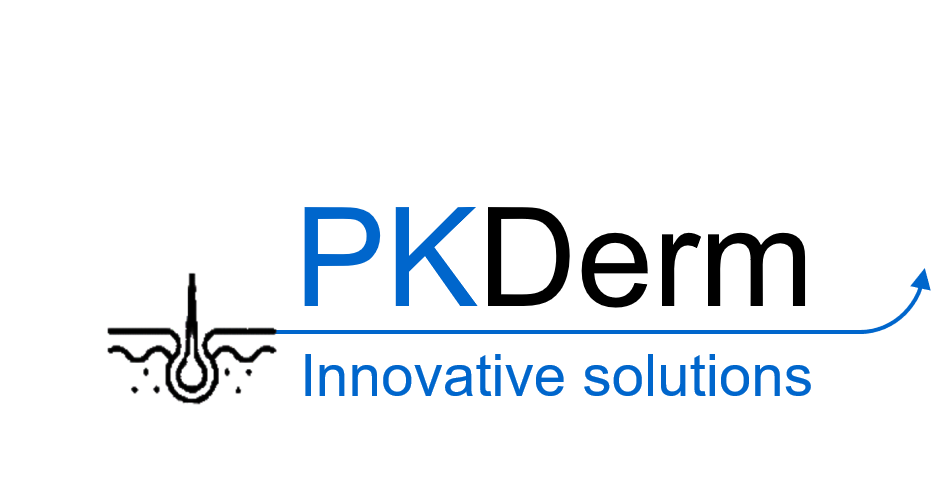Evaluating adaptive stress consensus gene signatures using transcriptomics
Chemicals are believed to produce adverse effects through two main routes, either by disrupting a defined target and signal cascade, termed specific, or by interfering with basal cellular processes associated with cell stress response, termed non-specific. Around half (529/1063) of the chemicals tested in the EPAs ToxCast project elicit non-specific cytotoxicity underscoring the need for new approach methodologies (NAMs) capable of assessing the activities of these chemicals. One approach for screening non-specific activities of chemicals is to measure the perturbation of adaptive stress response pathways, which are responsible for maintaining homeostasis across diverse cell types and can be measured using high throughput transcriptomics. Accurately quantifying chemical-induced adaptive stress response activation from transcriptomic data is challenging due to the cross-talk between pathways, which results in overlap between target genes assigned to a stress response system. Here we present a new approach based on gene set enrichment analysis of signature sets, that is more selective than current techniques. First, we describe our approach for finding consensus stress response gene signatures for DNA damage, the unfolded protein response, heat shock, hypoxia, metal stress response, and oxidative stress response pathways. Consensus signatures were constructed from 48 gene signatures sourced from the Molecular Signatures Database that were associated with stress response pathways. Second, we built a database comprised of 18 reference perturbagens and 32 transcriptomic profiles for the six classic stress responses systems sourced from the Gene Expression Omnibus (GEO). A further 32 transcriptomic profiles were also included in the database to serve as negative examples of stress responses. Third, we used gene set enrichment analysis (GSEA) to score the activity of a signature in a transcriptomic profile. The diagnostic ability of each signature as a classifier of a designated stress response system was assessed against all other contributing signature sets as well as all other consensus signature sets by comparing area under the curve of the receiver operating characteristic curve. Consensus signature sets were found to better or equally diagnose contributing signature sets in all stress response categories, with an average 10% increase in area under the curve relative to all other contributing signature sets. Furthermore, consensus signature sets were more discriminatory when compared to unassigned stress response profiles, resulting in an approximate two-fold improvement relative to competing consensus signature sets. These findings suggest the potential utility of adaptive stress response signatures and transcriptomics data for efficiently evaluating the non-specific activities of chemical perturbagens.
The views expressed in this presentation are those of the author[s] and do not necessarily reflect the views or policies of the U.S. Environmental Protection Agency.


